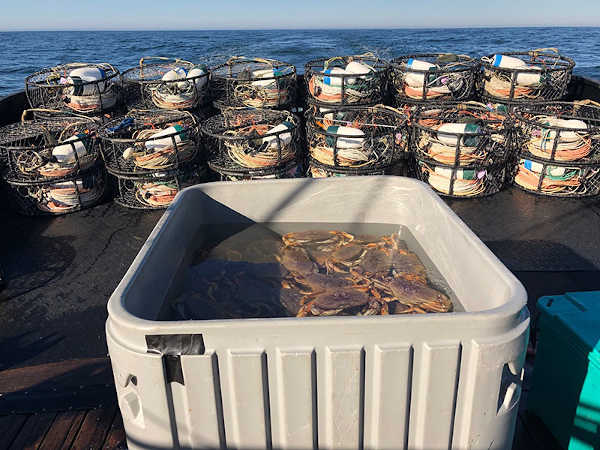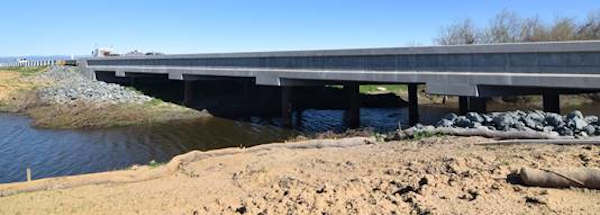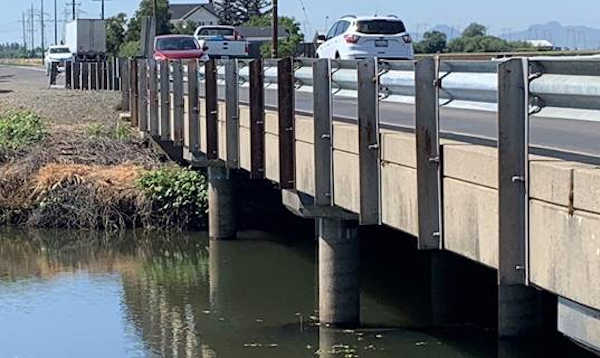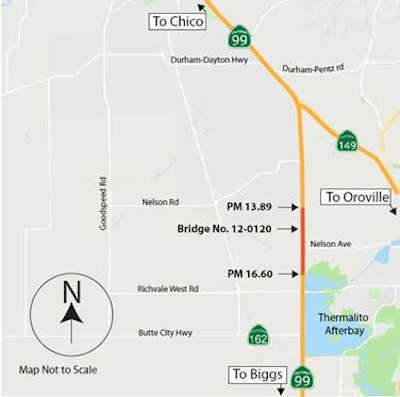- Caltrans
- Posted On
California Transportation Commission green lights $578 million to repair and maintain state’s infrastructure
“The CTC’s welcome decision to green light more than half a billion dollars to maintain and repair California’s aging transportation infrastructure is not only in keeping with our time-tested ‘fix-it-first’ strategy but also represents another big step to build and maintain a transportation system that serves all who travel in California, whether by foot, bicycle, bus, train or automobile,” said Caltrans Acting Director Steven Keck.
Projects approved this week include:
· $2.1 million toward erosion control on Route 36 near Bridgeville in Humboldt County.
· $11.5 million toward improvements on Route 96 at Aikens Creek Bridge, Bluff Creek Bridge, Slate Creek Bridge and Rube Creek Bridge on Route 169 in Humboldt County.
· $3.5 million toward culvert replacement on U.S. 101 near Garberville from the Alderpoint Road Overcrossing to south of Myers Flat in Humboldt County and on Route 271 near Piercy in Mendocino County.
· $4.1 million toward construction of a retaining wall and roadway realignments on U.S. 101 near Piercy in Mendocino County.
· $1.8 million toward roadway realignments on Route 1 in Mendocino County near Gualala.
· $1.4 million toward pavement and guardrail upgrades on U.S. 101 near Willits in Mendocino County.
· $1.2 million toward pavement and guardrail upgrades on U.S. 101 near Fortuna in Humboldt County.
· $1.88 million toward improvements at Elk Creek Bridge on Route 1 near Fort Bragg in Mendocino County.
The CTC also approved the 2022 State Highway Operation and Protection Program, or SHOPP, a four-year, $17.9 billion program of projects to preserve and protect the state highway system.
Most of the 2022 SHOPP projects are focused on improving pavement, bridges and other highway infrastructure. All the 2022 SHOPP projects are available on the Caltrans’ Ten-Year Project Book website, ProjectBook.dot.ca.gov.
SB 1 provides $5 billion in transportation funding annually split between the state and local agencies. Road projects progress through construction phases more quickly based on the availability of SB 1 funds, including projects that are partially funded by SB 1.
For more information about transportation projects funded by SB 1, visit RebuildingCA.ca.gov.






 How to resolve AdBlock issue?
How to resolve AdBlock issue? 




